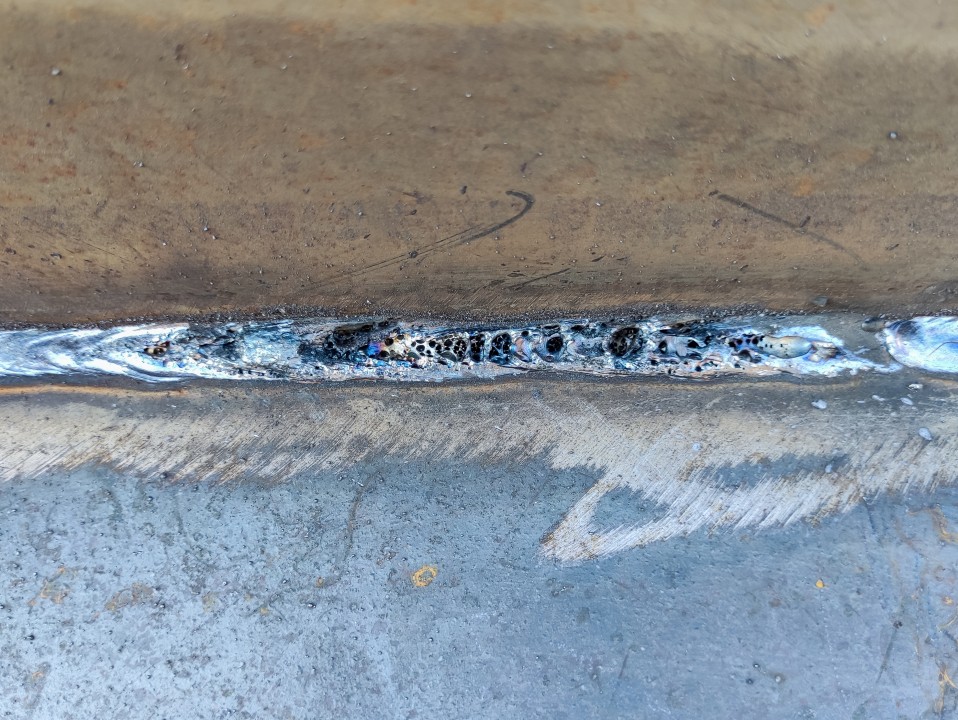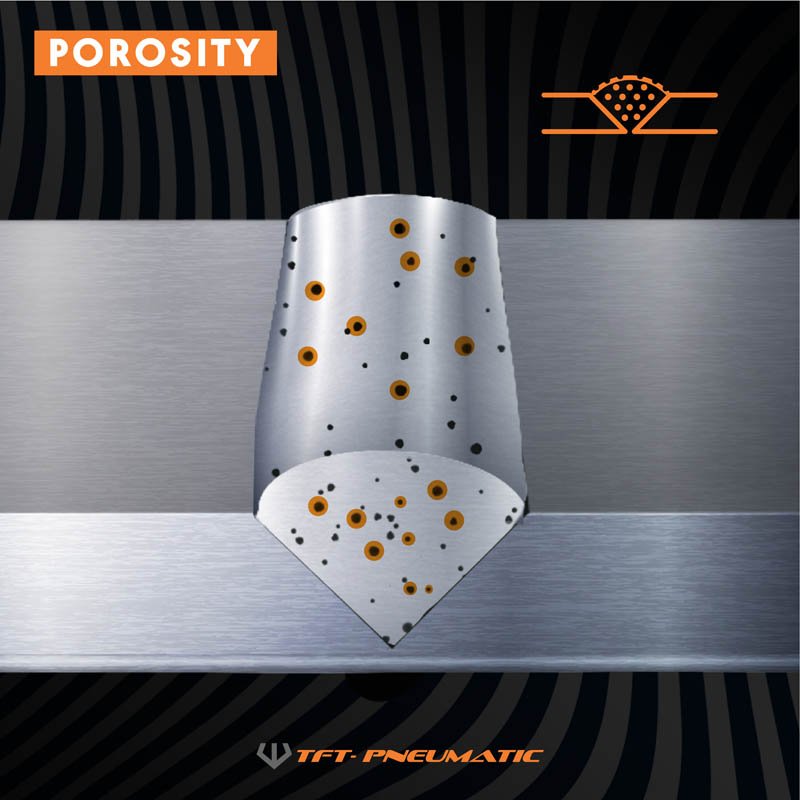Discover What is Porosity in Welding and Its Result on Structural Honesty
Discover What is Porosity in Welding and Its Result on Structural Honesty
Blog Article
Porosity in Welding: Identifying Common Issues and Implementing Ideal Practices for Prevention
Porosity in welding is a pervasive issue that frequently goes unnoticed until it creates considerable troubles with the integrity of welds. In this conversation, we will certainly check out the crucial elements contributing to porosity formation, examine its detrimental results on weld efficiency, and discuss the ideal techniques that can be embraced to decrease porosity event in welding procedures.
Common Reasons For Porosity

Using dirty or damp filler materials can present pollutants right into the weld, adding to porosity concerns. To alleviate these usual causes of porosity, complete cleaning of base steels, appropriate shielding gas selection, and adherence to optimal welding specifications are crucial practices in attaining high-quality, porosity-free welds.
Influence of Porosity on Weld Top Quality

The presence of porosity in welding can substantially jeopardize the structural stability and mechanical homes of welded joints. Porosity creates spaces within the weld metal, compromising its overall strength and load-bearing capability. These voids act as stress focus points, making the weld more susceptible to splitting and failing under applied lots. In addition, porosity can minimize the weld's resistance to rust and other environmental aspects, further diminishing its long life and efficiency.
Welds with high porosity degrees tend to display reduced influence strength and reduced capacity to warp plastically before fracturing. Porosity can hamper the weld's ability to effectively transfer pressures, leading to early weld failing and possible safety and security threats in critical frameworks.
Ideal Practices for Porosity Avoidance
To improve the architectural integrity and high quality of bonded joints, what particular actions can be implemented to decrease the occurrence of porosity throughout the welding process? Utilizing the correct welding a fantastic read technique for the specific material being bonded, such as readjusting the welding angle and gun placement, can even more stop porosity. Normal assessment of welds and prompt remediation of any concerns identified throughout the welding procedure are vital techniques to protect against porosity and produce top quality welds.
Significance of Proper Welding Techniques
Applying proper welding methods is paramount in ensuring the structural stability and quality of bonded joints, building on the foundation of effective porosity avoidance measures. Welding techniques directly affect the general stamina and durability of the welded framework. One vital aspect of proper welding techniques is preserving the correct warmth input. Extreme heat can lead to enhanced porosity as a result of the entrapment of gases in the weld pool. On the other hand, inadequate heat may result in insufficient combination, developing prospective powerlessness in the joint. Additionally, using the ideal welding specifications, such as voltage, current, and take a trip rate, is critical for attaining audio welds with very little porosity.
Additionally, the choice of welding process, whether it be MIG, TIG, or stick welding, need to line up with the certain demands of the task to guarantee optimal outcomes. Correct cleansing and preparation of the base metal, along with picking the ideal filler material, are also important components of proficient welding methods. By sticking to these finest practices, welders can minimize the risk of porosity formation and generate high-quality, structurally audio welds.

Evaluating and Quality Control Steps
Checking procedures are crucial to find and prevent porosity in welding, making sure the strength and toughness of the last item. Non-destructive screening methods such as ultrasonic testing, radiographic testing, and aesthetic examination are typically employed to determine potential defects like porosity.
Post-weld evaluations, on the other hand, assess the last weld for any kind of flaws, including porosity, and verify that it meets defined criteria. Applying an extensive quality control strategy that informative post includes extensive testing procedures and evaluations is paramount to minimizing porosity concerns and making certain the general high quality of welded joints.
Conclusion
To conclude, porosity in welding can be a typical problem that impacts the high quality of welds. By determining the typical sources of porosity and implementing ideal methods for avoidance, such as correct welding strategies and screening actions, welders can make sure excellent Homepage quality and reliable welds. It is vital to focus on prevention approaches to reduce the occurrence of porosity and preserve the integrity of bonded frameworks.
Report this page